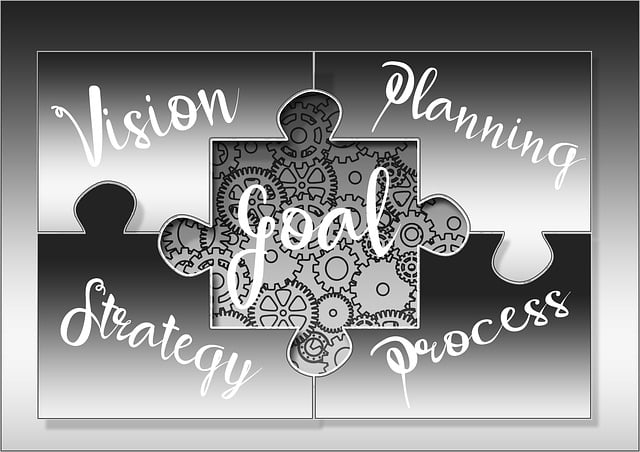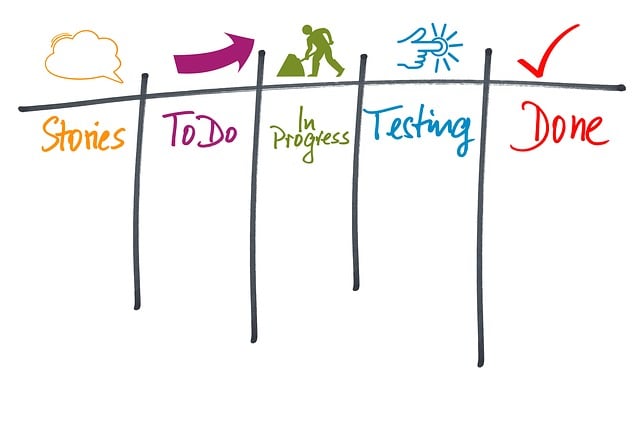5S training and lean management streamline workplace organization, reduce waste, and enhance efficiency. By following Sort, Set in Order, Shine (Clean), Standardize, Sustain (5S) methodology, businesses optimize processes, boost productivity, and foster sustainability. Process standardization enables continuous improvement, minimizing resource consumption and contributing to an eco-friendly work environment. Measuring success through defined metrics and employee feedback ensures the initiative's effectiveness and alignment with operational and environmental goals.
In today’s conscious business landscape, workplace sustainability initiatives are not just ethical imperatives but also strategic drivers for success. Understanding and implementing green practices enhances operational efficiency through optimized workspace organization, leveraging techniques like 5S training and Lean management. This article explores these strategies, offering insights into how businesses can achieve both environmental stewardship and improved productivity through streamlined operations, continuous improvement via standardized processes, and effective measurement of initiative outcomes.
- Understanding Workplace Sustainability: The Why and How
- Implementing 5S Training for Efficient Workspace Organization
- Lean Management Techniques: Streamlining Daily Operations
- Continuous Improvement Through Standardized Processes
- Measuring Success: Evaluating Your Workplace Sustainability Initiative
Understanding Workplace Sustainability: The Why and How

In today’s world, workplace sustainability initiatives are not just a trend but an essential practice to ensure environmental and social responsibility. Understanding sustainability in the workplace begins with recognizing its core benefits. By adopting practices like 5S training and lean management, organizations can achieve remarkable results. The 5S method—Sort, Set in Order, Shine, Standardize, and Sustain—is a powerful tool for workplace organization and continuous improvement. It facilitates efficient processes, reduces waste, and promotes a safer, more productive environment.
Moreover, integrating these concepts with process standardization allows businesses to streamline operations. This involves identifying and documenting standard procedures, ensuring consistency, and enabling easy transfer of knowledge. Such initiatives not only contribute to environmental conservation but also enhance employee engagement, improve productivity, and foster a culture of continuous improvement. By embracing lean management principles alongside 5S training, companies can create a sustainable and thriving work environment.
Implementing 5S Training for Efficient Workspace Organization

Implementing 5S Training for Efficient Workspace Organization
In today’s digital era, fostering a sustainable workplace requires more than just eco-friendly practices; it also demands streamlined processes and optimized spaces. One effective approach to achieving this is through 5S training, a cornerstone of lean management that focuses on workspace organization and continuous improvement. By adopting the 5S methodology—Sort, Set in Order, Shine (Clean), Standardize, and Sustain—employees learn to minimize clutter, enhance workflow efficiency, and maintain a clean, well-organized environment.
This structured system not only improves productivity but also facilitates easier access to tools and resources, reducing wasted time and effort. Process standardization becomes more achievable when every worker understands their role in maintaining the 5S principles. In essence, 5S training is a game-changer for fostering a sustainable workplace, enabling organizations to streamline operations, reduce waste, and create an environment conducive to both productivity and environmental stewardship.
Lean Management Techniques: Streamlining Daily Operations

Incorporating lean management techniques is a strategic move for any workplace sustainability initiative. Streamlining daily operations through practices like 5S training can significantly reduce waste and improve overall efficiency. The 5S method, which stands for Sort, Set in Order, Shine (Clean), Standardize, and Sustain, provides a structured framework for workplace organization and continuous improvement.
By implementing process standardization and leveraging the principles of lean management, businesses can achieve greater productivity without compromising sustainability. This involves identifying and eliminating unnecessary steps in workflows, simplifying processes, and fostering an environment where every employee is committed to maintaining high standards. Such initiatives not only enhance operational effectiveness but also contribute to a more eco-friendly workplace by minimizing resource consumption and waste generation.
Continuous Improvement Through Standardized Processes

Implementing a culture of continuous improvement is essential for any workplace sustainability initiative. One effective method to achieve this is through the adoption of standardized processes, made possible by 5S training and lean management principles. By teaching employees the 5S methodology – Sort, Set in Order, Shine (Clean), Standardize, Sustain – organizations can drive workplace organization and efficiency.
5S continuous improvement ensures that every step of a process is meticulously evaluated, optimized, and documented, fostering a culture where everyone takes ownership of their role in streamlining operations. Process standardization allows for clear expectations, reduces waste, and promotes consistency. This not only enhances productivity but also contributes to a more sustainable work environment by minimizing resources and energy consumption.
Measuring Success: Evaluating Your Workplace Sustainability Initiative

Measuring success is a vital step in evaluating your workplace sustainability initiative. After implementing practices like 5S training and lean management, it’s crucial to establish clear metrics for gauging progress. This involves assessing improvements in workplace organization and process standardization. By systematically documenting changes and collecting feedback from employees, you can quantify the initiative’s impact on productivity, efficiency, and employee satisfaction.
Regular reviews and continuous improvement are key to sustaining momentum. Adopting a 5S continuous improvement mindset encourages ongoing assessment and refinement of processes. This iterative approach ensures that your workplace sustainability initiative remains relevant, effective, and aligned with evolving environmental and operational goals.
By implementing strategies like 5S training for workspace organization, adopting lean management techniques to streamline operations, and focusing on continuous improvement through standardized processes, organizations can achieve significant sustainability gains. These initiatives not only enhance productivity but also foster a more efficient, eco-conscious workplace. Regular measurement of success through key performance indicators ensures ongoing improvement, making these practices essential components of any comprehensive workplace sustainability initiative.
